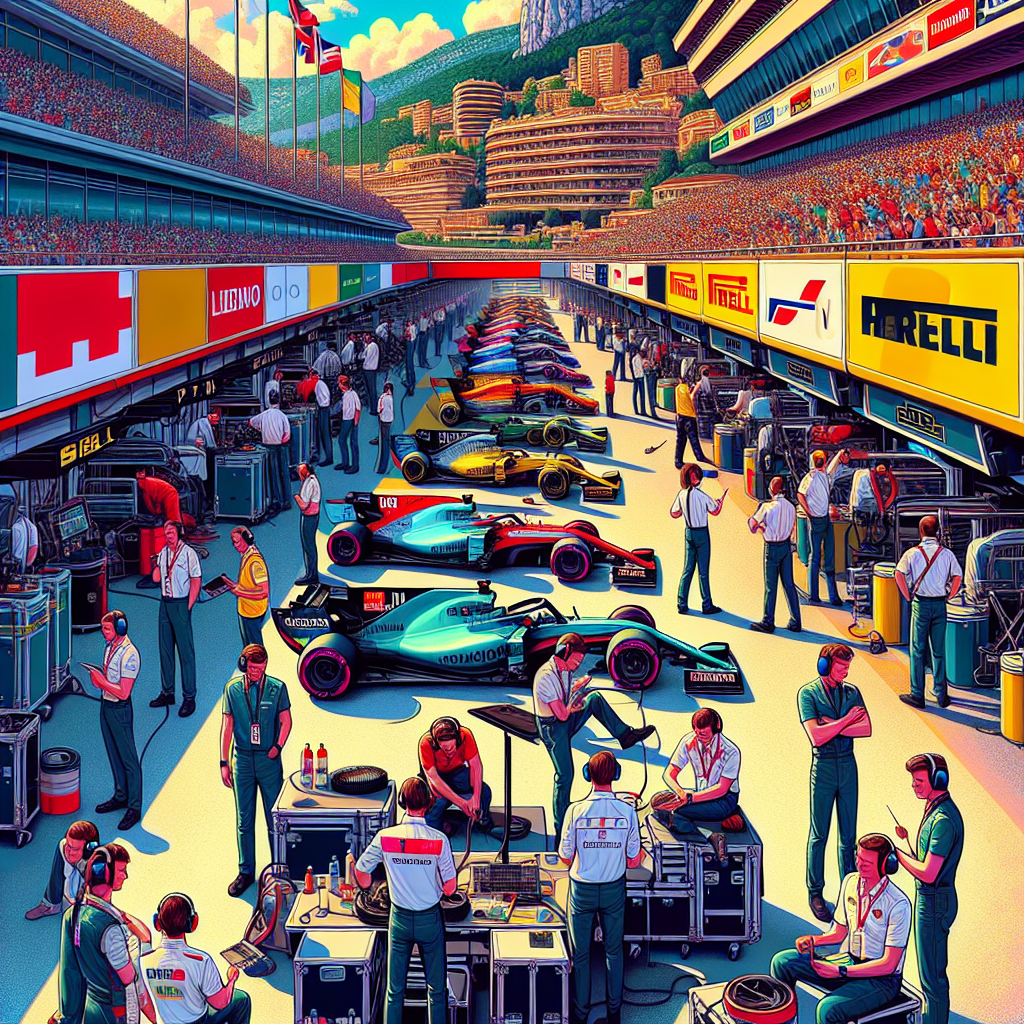The Importance of Team Strategy Shifts in Formula 1 Constructors
The world of Formula 1 is a high-stakes, high-speed environment where split-second decisions can make or break a team’s chances of success. One of the key factors that can determine the outcome of a race is the team’s strategy. In the lead-up to the Grand Prix showdown, Formula 1 constructors are making crucial adjustments to their tactics in order to gain an edge over their rivals.
Team strategy in Formula 1 is a complex and multifaceted aspect of the sport. It involves a careful balance between maximizing the performance of the car and the skills of the driver, while also taking into account the ever-changing conditions on the track. A successful strategy can mean the difference between victory and defeat.
One of the most important aspects of team strategy is tire management. The choice of tire compound and the timing of pit stops can have a significant impact on a team’s performance. Different tire compounds offer varying levels of grip and durability, and teams must carefully analyze the track conditions and weather forecasts to determine the optimal strategy. This can involve making quick decisions during the race, such as adjusting the pit stop schedule based on the performance of the tires.
Another crucial element of team strategy is fuel management. Formula 1 cars have a limited amount of fuel, and teams must carefully calculate how much fuel to use in order to maximize performance without running out before the end of the race. This requires a delicate balance between pushing the car to its limits and conserving fuel for crucial moments in the race. Teams must also consider the fuel efficiency of their cars and make adjustments to their strategy based on the specific characteristics of their vehicle.
In addition to tire and fuel management, team strategy also involves considerations such as race pace, overtaking opportunities, and defensive maneuvers. Teams must analyze data from practice sessions and qualifying to determine the optimal race pace that will allow them to maintain a competitive position throughout the race. They must also identify key overtaking opportunities on the track and plan their strategy accordingly, taking into account the strengths and weaknesses of their car and driver.
Defensive maneuvers are another important aspect of team strategy. In a sport as competitive as Formula 1, teams must be prepared to defend their position against aggressive rivals. This can involve strategic positioning on the track, as well as tactical decisions such as when to use defensive driving techniques to prevent rivals from overtaking.
As the Grand Prix showdown approaches, Formula 1 constructors are carefully analyzing their team strategy and making adjustments to gain an advantage over their rivals. This can involve fine-tuning their tire and fuel management, as well as analyzing data from practice sessions and qualifying to identify areas for improvement. The goal is to create a strategy that maximizes the performance of the car and driver, while also taking into account the unique challenges of the track and the competition.
In conclusion, team strategy is a crucial aspect of Formula 1 constructors’ success. It involves a careful balance between tire and fuel management, race pace, overtaking opportunities, and defensive maneuvers. As the Grand Prix showdown approaches, teams are making crucial adjustments to their tactics in order to gain an edge over their rivals. The outcome of the race may ultimately be determined by the team’s ability to execute their strategy flawlessly.




